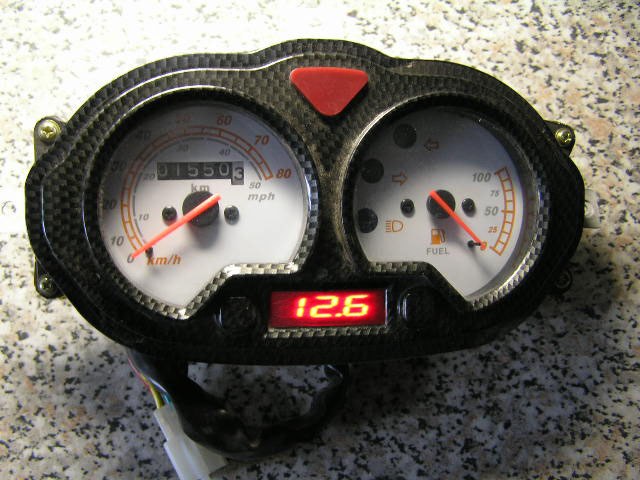Instruction
1
Malfunction of the engine temperature sensor is manifested as a resistance standard. For example, when engine temperature is 75 OS standard resistance is about 290 Ohms. If the sensor has a resistance of 100 Ohms more that the EFI unit "think" that the engine still not fully warmed up, and will give the cylinders more fuel. And this is usually increased engine rpm.
2
The sensor is tested after removal from the engine. To do this, remove the air cleaner, pour it in the coolant. Then disconnect sensor electrical connector and Unscrew it from the housing.
3
Lower the engine in a container of water and heat at a temperature of 90 ° C, turn off and leave to cool in the pot. In parallel, temperature control by means of a special device (thermometer) and take readings with the ohmmeter. If performance is approximately 100-700 Ohms, so everything is in order and if not replace the sensor. Also measure the resistance of the sensor at different values of temperature, namely at a temperature of -10 ° C + / -3 ° C - resistance is 8.2 to 10.5 Kω at 20 ° C + / -3 ° C and 2.3-to 2.7 Ohms, and at 80 ° C + / -3 ° C resistance equal to 0,3-0,36 Ohms. If these data fall outside the standards, then the sensor requires replacement.
4
Check the engine temperature sensor's resistance with other features described in the instruction manual of the sensor. In any case, do not check the sensor circuit directly on the engine without disconnecting it from the control system, since in this case the risk of damage to the electronic control unit.
5
Basically, the malfunction of the engine temperature sensor very rare and occurs usually on the machines, which age more than 12 years.

